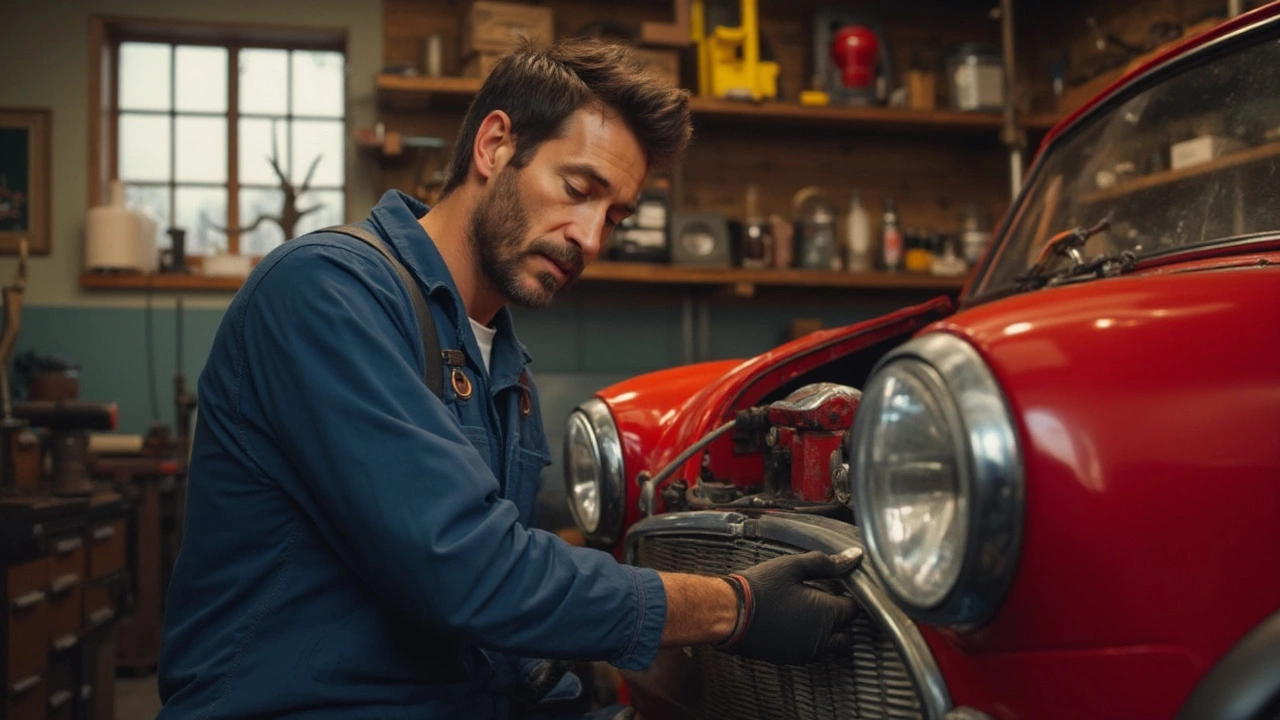Replacing Brake Pads: When, Why, and How
When you hear squeal or feel longer stopping distances, it’s time to think about replacing brake pads. Brake Pad Replacement, the process of removing worn pads and installing new ones to restore safe braking performance. Also known as brake pad change, it’s a core maintenance task for any driver.
Brake pads don’t work alone. Brake Rotors, the metal discs that the pads clamp onto to slow the wheel must be clean and true, otherwise new pads will wear unevenly. Brake Calipers, the hydraulic pistons that push the pads against the rotors need to slide freely; a stuck caliper can cause hot spots and early pad failure. Finally, fresh Brake Fluid, the hydraulic medium that transfers pressure from the pedal to the calipers keeps the system responsive and prevents moisture‑induced corrosion.
Why Timing Matters
Replacing brake pads too late means you risk damage to the rotors, which can turn a simple pad job into a costly rotor‑resurface or replacement. Early replacement, on the other hand, keeps wear indicators functional and avoids the harsh grinding noise that can damage nearby components. Most UK drivers notice three clear signs: a high‑pitched squeal, a pulsating brake pedal, and a longer distance to stop. Each of these triggers a specific action – inspect the pads, check the rotors for scoring, and feel the pedal for sponginess that might hint at fluid issues.
The relationship between these parts forms a simple chain: pad wear influences rotor health, rotor condition affects caliper performance, and fluid quality controls the whole system’s efficiency. Understanding this chain helps you plan maintenance. For example, when you replace pads, it’s smart to measure rotor thickness and surface roughness. If the rotor is below the manufacturer’s minimum or shows deep grooves, resurfacing or replacement is the safer route.
Beyond the parts themselves, the tools and skills matter too. A basic set includes a jack, lug wrench, C‑clamp, and a torque wrench for precise bolt tightening. Knowing how to compress the caliper piston without damaging seals saves you a trip to the garage. Many DIY guides stress the importance of flushing and refilling brake fluid every two years – a habit that keeps the system free of bubbles that could compromise pad performance.
In the list below you’ll find articles that dig deeper into each of these topics: from how often to change pads, to the cost‑benefit of rotor resurfacing versus replacement, and even tips on checking brake fluid health. Use the collection to plan your next service, avoid common pitfalls, and keep your car stopping on a dime.

Is It Worth Replacing Brake Pads?
Mar 25 2025 / Brake PadsReplacing brake pads is a crucial aspect of car maintenance that contributes significantly to vehicle safety. Over time, brake pads wear down, affecting stopping power and putting you at risk. This article explores the signs of worn-out brake pads, the benefits of timely replacements, and practical advice on choosing the right type of brake pads for your vehicle. Understanding when and why to replace brake pads can save you from costly repairs and ensure a safer driving experience.
VIEW MORE